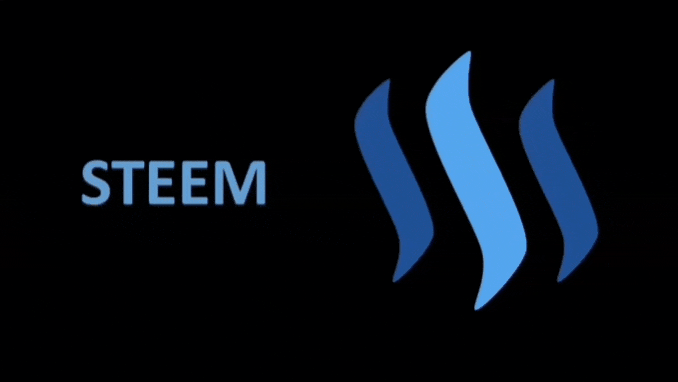Hi Everyone,
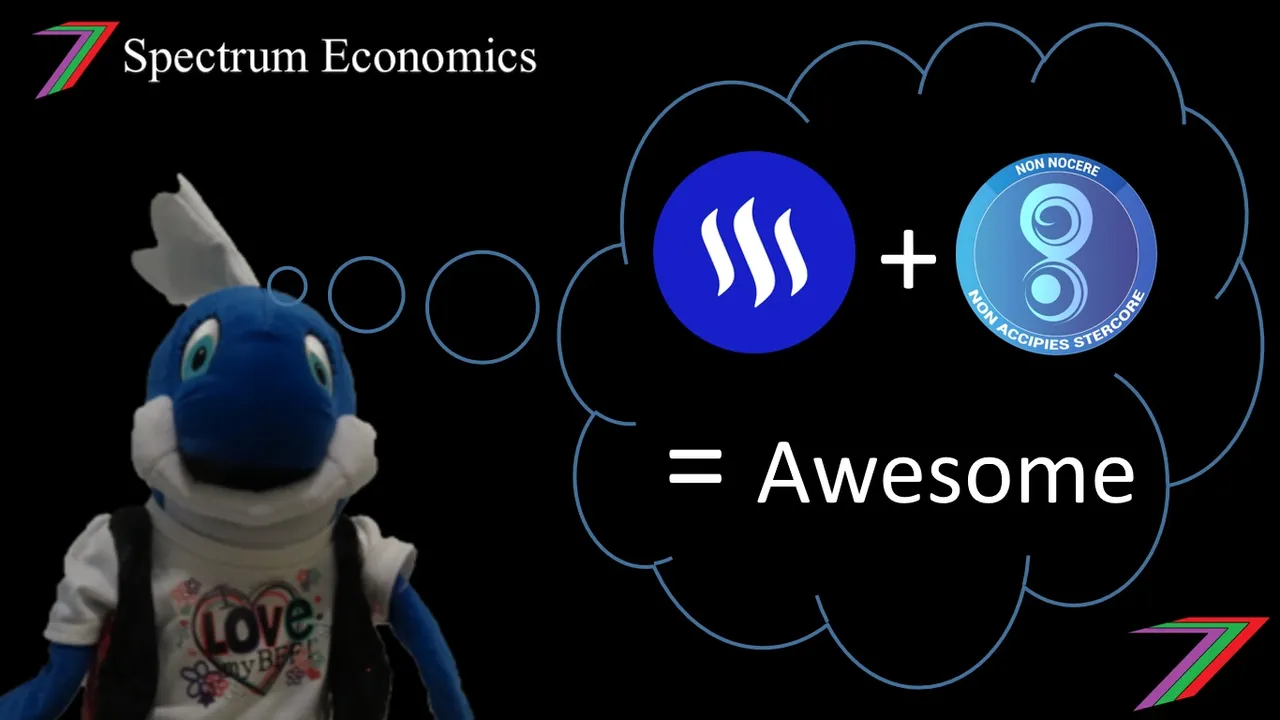
I have been using Palnet for about 6 weeks. My initial impression was it felt a lot like Steemit when I joined back in 2017. However, there are many important differences between Palnet (frontend) and Pal (token), and Steemit (frontend) and Steem (coin).
- Pal rewards are split 50/50 between content creators and curators.
- Users have one downvote a day that does not consumer Pal voting power.
- The Pal rewards curve is superlinear, instead of linear.
- Rewards are paid out in PAL rather than Steem or SBD.
- Posts promoted using Palnet appear on the promoted, hot and trending tags.
- Posts are not currently promoted by bid-bots.
- Palnet has community rules, whereas has Steemit Terms of Service.
- Palnet hosts a forum on palnet.tokenbb.
- Pal can be mined.
These are just the differences I have observed and read about so far. Palnet is very new and I expect that it will be constantly changing and evolving. In this post, I discuss these differences and express my opinion about the differences, which I have feel I have sufficient knowledge to discuss. I also include some references to previous posts where I have discussed some of the changes in the context of Steem before Palnet was launched.
Rewards split 50/50 between content creators and curators
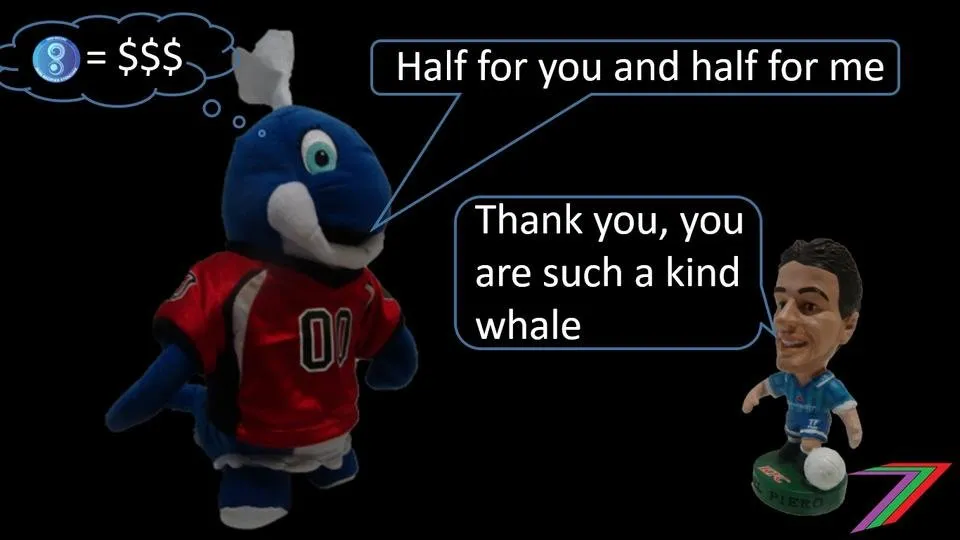
I believe this is a very important difference from posting on Steemit (you can post on Steemit and your post will appear on Palnet if you use the Palnet tag). Steemit uses Steem, which splits the rewards 75/25 in favour of content creators. Giving just 25% of the rewards to curators is arguably one of the reasons that users excessively self-vote and sell votes. If the top witnesses approve Steem Hardfork 21, Steem will also split rewards 50/50 between content creators and curators.
Palnet can be considered a small partial test run for the 50/50 split. I consider this a partial test run, as when users vote for a post on Palnet in Pal, they also vote for the same post using Steem. Therefore, Palnet does not fully incentivise users to curate more content. After Hardfork 21, I suspect more people will be curating content on Palnet.
Overall, I consider the 50/50 split to be an improvement over using 75/25 split currently used by frontends such as Steemit where votes are cast using Steem. In my post, ’Is the Steem ecosystem in disequilibrium? (Part 2 – Content Creators and Curators)’, I discuss the likely effects of curation rewards on behaviour. This post also goes into quite a few of the problems that both content creators and curators face with Steem.
The free downvote
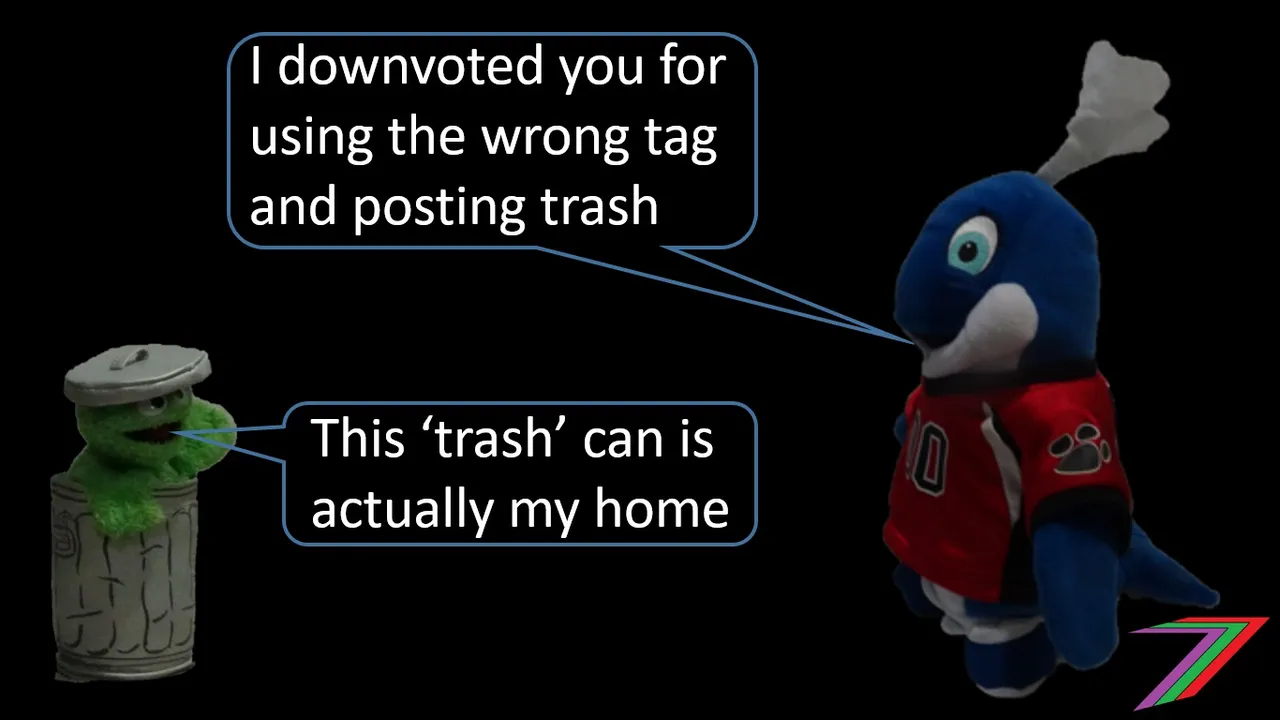
Users can downvote once a day without consuming Pal voting power. This is another difference that aligns quite closely with proposed changes in Hardfork 21. Hardfork 21 proposed a downvote mana pool that is 25% of the upvote mana pool. This equates to 2.5 downvotes a day. I am unsure if downvotes are currently being utilized on Palnet; I suspect probably not. As with upvotes, downvoting also uses Steem. Steem currently uses voting power and therefore, people are unlikely to utilise the free daily downvote. If someone is heavily invested in Pal and not Steem, they are more likely to use the free downvote. After Hardfork 21 is implemented, downvoting on Palnet is likely to become more prevalent.
Overall, I consider the inclusion of a free downvote better than consuming voting power but the success of this change relies on the implementation of Hardfork 21. I discuss separate upvote and downvote mana pools in my post, Is the Steem ecosystem in disequilibrium? (Part 5 – Combination of solutions). This post also discusses a combination of other solutions as well.
Pal superlinear rewards curve

Pal uses a superlinear rewards curve (i.e. type of non-linear rewards curve). Steem currently uses a linear rewards curve. After Hardfork 21, Steem will be using a convergent linear rewards curve. I suspect this curve will be quite similar to the Pal rewards curve.
For a non-linear rewards curve, as more votes are cast and more reward shares are allocated to a post, the faster the pending payout of the post climbs. Non-linear rewards curves encourage users to vote on posts they expect to earn higher payouts; this effect is compounded by a higher percentage of curation rewards being allocated to early voters. Therefore, It also discourages self-voting. A non-linear rewards curve could encourage collaborative voting and excessive buying of votes. Buying votes from large accounts (i.e. bid bots) is currently not a problem on Palnet, as I explain later in the post.
The extent of the advantages and disadvantages of a non-linear curve depends on the extent of the non-linearity. The N^2 curve previously used by Steem generated huge rewards for some posts and close to nothing for others. A much gentler sloping curve would be an improvement over an N^2 curve. However, the curve needs to be sufficiently curved to have any noticeable impact on behaviour. I do not believe this change will add any significant improvement to Pal or Steem. I write about different reward curves in my posts, ‘Steem Rewards Curve - Bend or not to bend?’ and ‘Taking a closer look at the EIP 2e12 Reward Curve’.
Rewards are paid out in PAL rather than Steem or SBD

Considering voting is made using the Pal token and voting power, it is only logical that the payout is made in Pal. The key difference I want to emphasise is that rewards of posts on Palnet are paid out in just one currency (Pal). Whereas, Steemit pays out in SBD and Steem Power for content creators and Steem Power for curators. Both approaches have pros and cons.
Paying out in Steem Power enables a user to grow their influence on the platform. Paying out in SBD enables a content creator to be paid in a stable currency (SBD is intended to be pegged to the US dollar). Unfortunately, pegging SBD has not always been successful. A higher price of SBD favours content creators, as they receive part of their payout in SBD and curators do not. During the period of very high SBD prices, content creators were receiving as high as 90% of the posts payout. I discuss this problem in my post, ’Steem(it)’s Economic Improvement Proposal (EIP)’
Paying out in Pal maintains the balance of distribution between content creators and curators. Content creators and curators also have the option to stake their rewards, leave them as liquid or convert them into Steem. For these reasons, I consider paying out in just one currency (Pal) to be superior to paying out in two currencies.
Promoted posts appear on the promoted, hot and trending tags
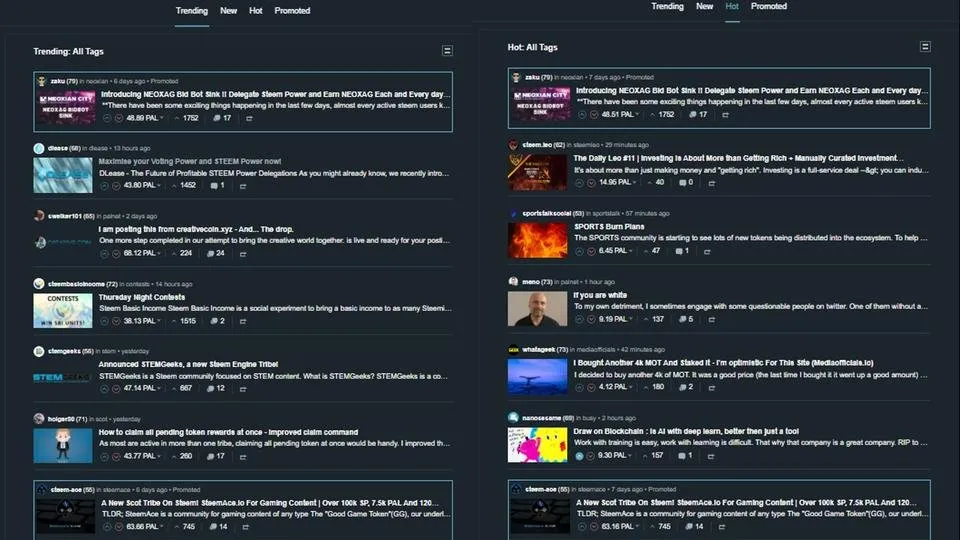
DApps and frontends should enable users to promote and advertise their posts to gain more attention. Steemit has a promotion tag but this is rarely used. Promoting posts on this tag almost never returns the cost of promotion. Palnet has a more effective promotion system. Promoting a post using Palnet puts the post on the trending and hot pages as well. The post with the highest paid promotion appears at the top of the promotion, hot and trending tags. The post with the second highest paid promotion appears seventh on the hot and trending tags. The post with the third highest paid promotion appears thirteenth on the hot and trending tags and so on. The Pal paid for the promotion is burned, which benefits the whole community.
I consider the Palnet approach to promotion to be an improvement by including promoted posts on trending and hot tags. This inclusion has been done in such a way that these promoted posts do not dominate these tags as they are spread out.
Payouts of Palnet posts are not distorted by high bid-bot upvotes
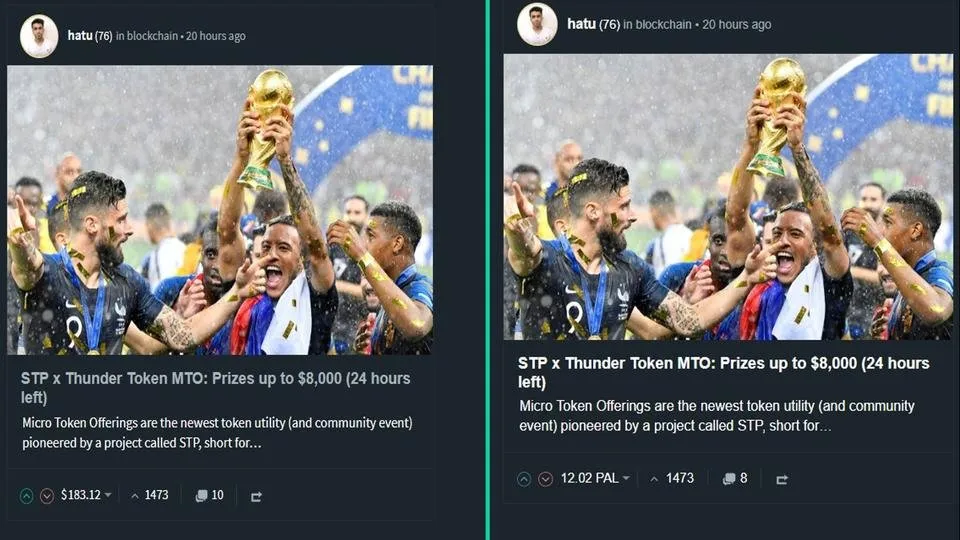
Currently, posts on Palnet are not upvoted by bid-bots. I am not sure if this is a permanent feature of Palnet. I imagine a similar system of vote selling could be possible as Pal users are able to delegate their staked Pal through Steem Engine. Indirect vote buying is occurring on a smaller scale. Someone can buy votes from Smartmarket and their post will also be upvoted in Pal as well. The value of these votes will depend on how much staked Pal the upvoting accounts happen to have. Minnowbooster operates a small-scale Pal vote selling service. I think the Steem upvote is the value users are buying rather than the Pal vote. I am not sure the extent these types of services will grow.
At the moment, the lack of vote buying enables a more natural growth of content. The level of engagement of the top posts on the trending tags appears quite limited. This could be because Palnet is still very new and building its user base.
Palnet has community rules, whereas Steemit has Terms of Service.
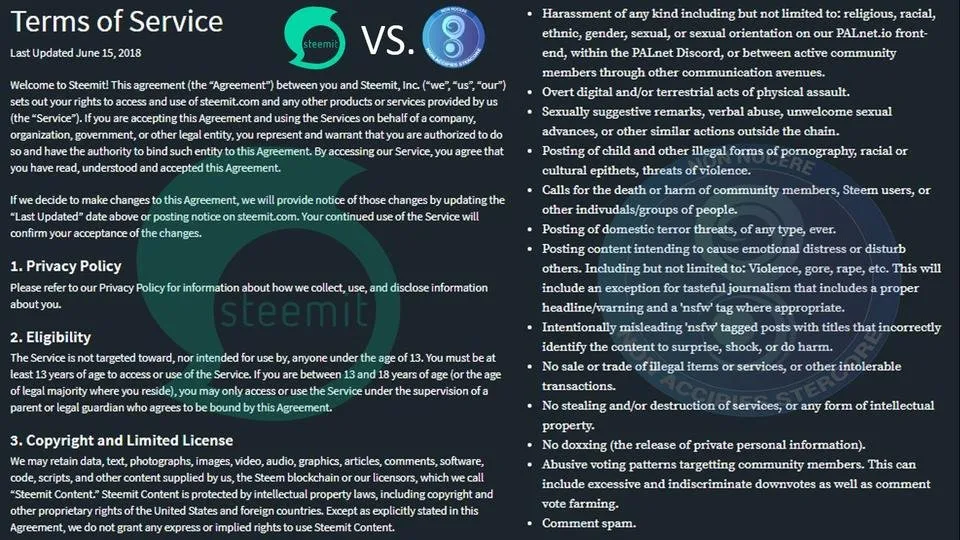
The Steemit Terms of Service focuses on legal issues such as copyright infringements. The Palnet community rules focuses on conduct. These include abusive language, spam comments, vote farming, bullying behaviour, harassment, posting child pornography, and several other abusive behaviours. There is some overlap with Steemit’s Terms of Service but the Palnet community rules appear strict and less tolerant of abusive behaviour. These rules can be enforced through downvotes and for some severe cases, a platform mute.
The Palnet community rules appear quite fair. It is possible that such rules could be twisted to restrict someone’s freedom of speech but I feel that this unlikely.
Other differences
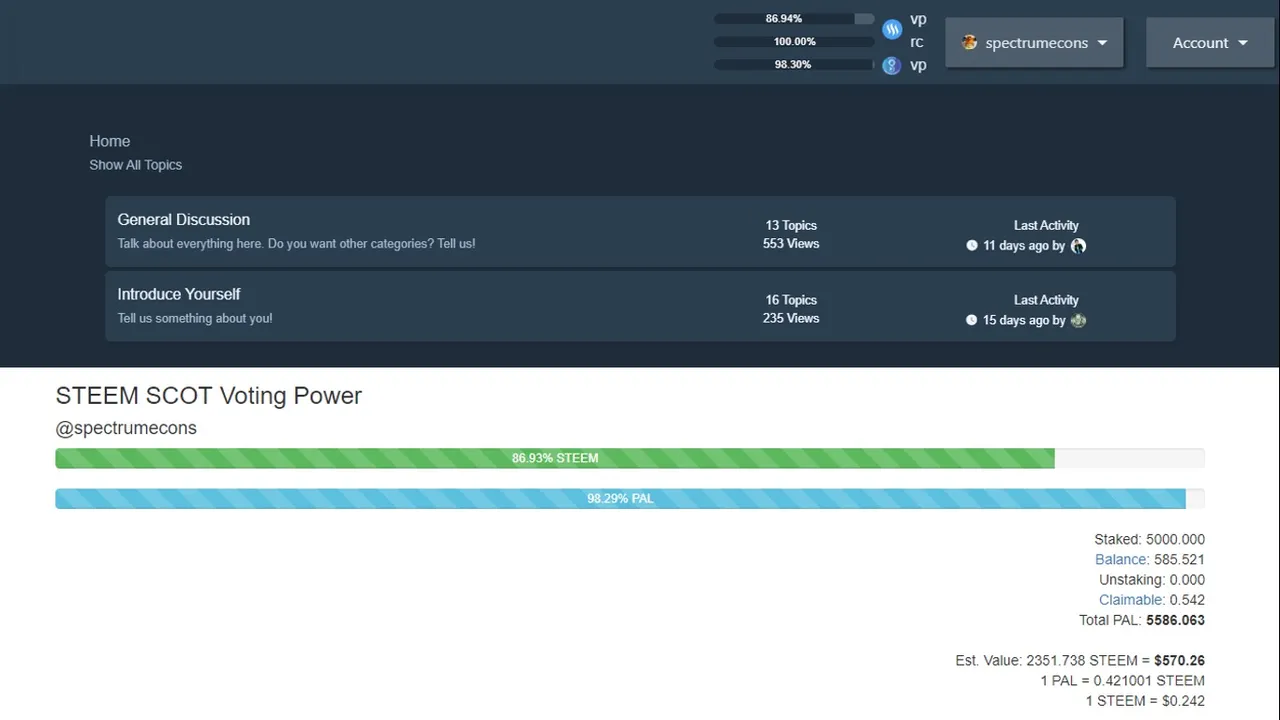
Palnet also has a forum. I am not sure of the direction this forum will take. It appears to have been inactive for the past 12 days. It appears content and discussions can be voted on. I can see the value of forums for discussion. It will be interesting to see what happens with this feature.
Another method of accumulating tokens is through acquiring Pal miners (PalM) and Pal Mega Miners (PalMM). I have not acquired either but it is an interesting alternative for accumulating tokens, which is not available with Steem.
Conclusion
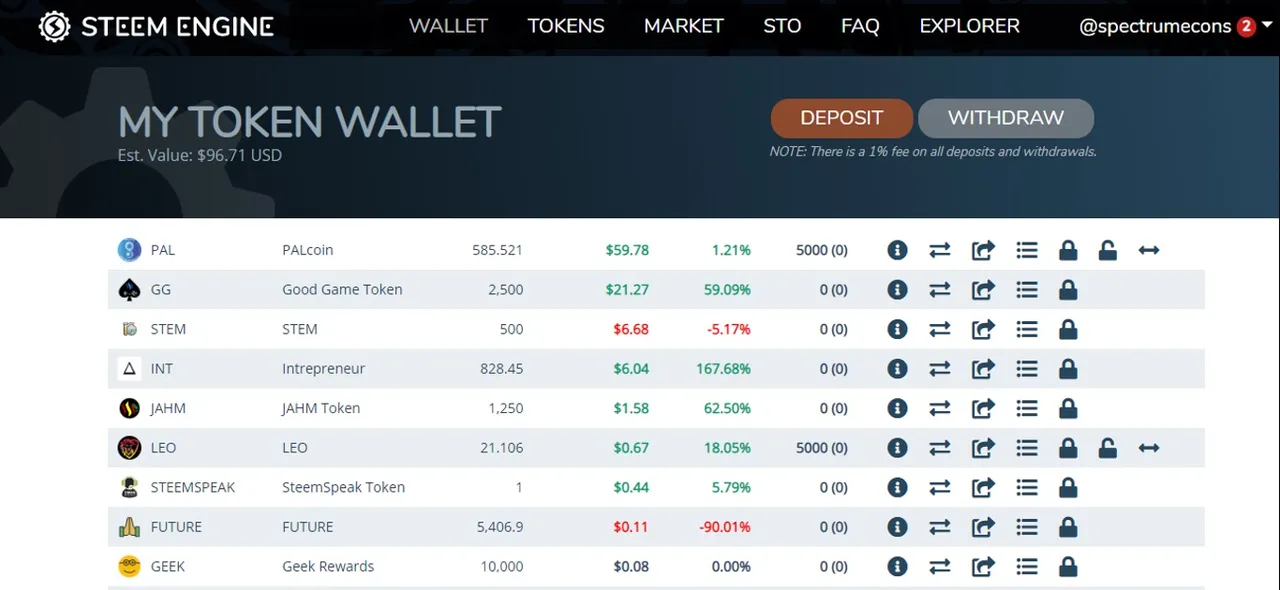
Palnet has many similarities to Steemit but also has several differences that should make it appealing to users that want to grow their brand organically and want to access content that has peer support. Several of the differences align with changes proposed in Hardfork 21 such as free downvotes, 50/50 split of post rewards and non-linear rewards curve. Allowing users to experience these changes before the Hardfork will help users transition to the new Steem (Post Hardfork 21 Steem).
Palnet also offers content creators and curators an alternative form of income from participating and contributing to the Steem ecosystem. Once Hardfork 21 is implemented, the incentives to be active, using Steem or any other Steem Engine token, will be competitive to remaining passive, which has been one of Steem’s greatest problems over the past 2 years.
Another very interesting new DApp is Steemleo. From what I have seen, it appears quite similar to Palnet but with a focus on cryptocurrency and investment. I am using this tag for the first time with this post. There are several other Steem Engine tokens, which have appeared in my wallet, which I have yet to explore. I will write another post regarding my views on these tokens and their respective DApps.
More posts

If you want to read any of my other posts, you can click on the links below. These links will lead you to posts containing my collection of works. These posts will be updated frequently.
New Economics Udemy Course
I have launched my first Udemy course ‘Economics is for Everyone’. The course focuses on how economics affects everyday people, the decisions they make and how they interact with the world around them. The course contains 24 video lectures (about 4 hours of viewing), 64 multiple-choice questions (3 at the end of most lectures), 32 downloadable resources (presentation slides, additional notes and links to relevant Steem posts), and 2 scenario questions. The course is currently free-of-charge. Click the link above to access the course.
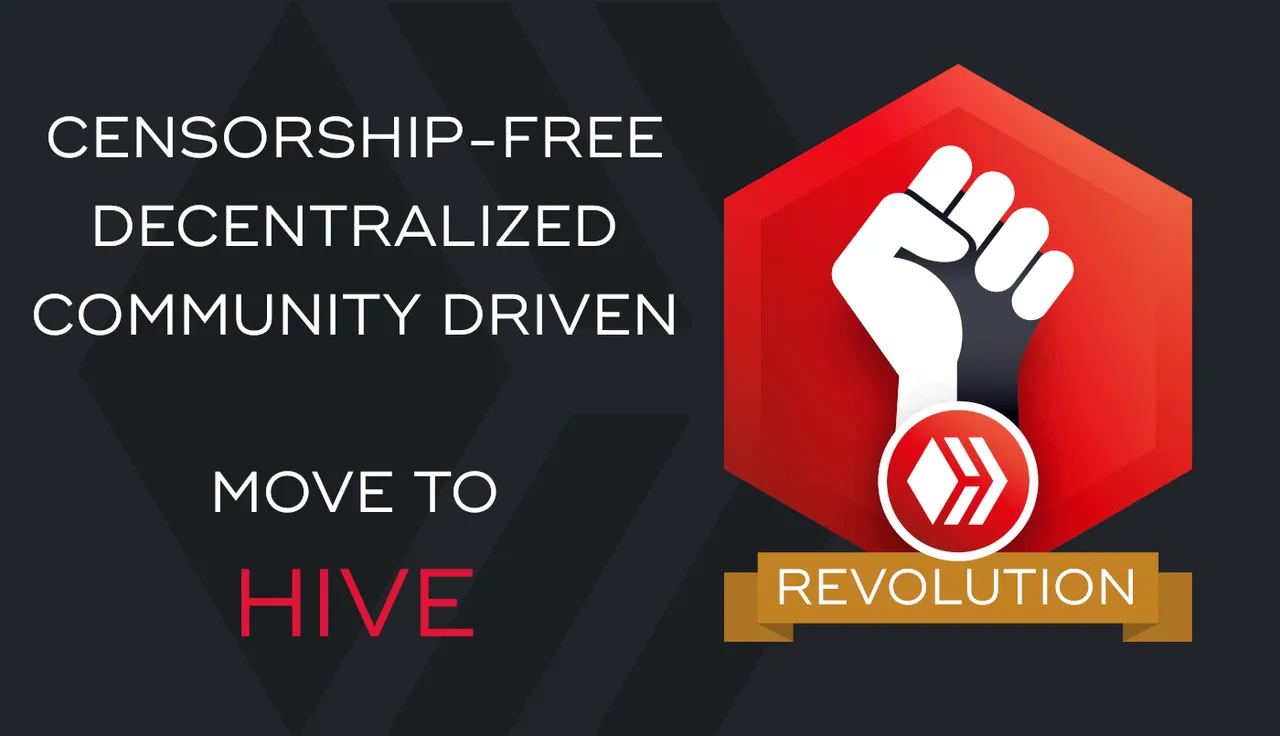



Steem - The Future of DApps
